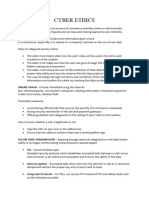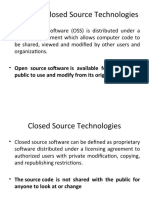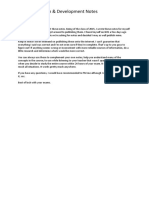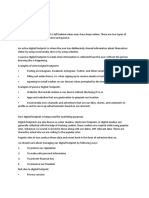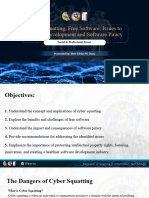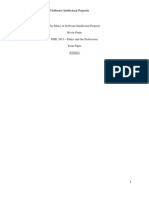0% found this document useful (0 votes)
21 views22 pagesLecture 17
Uploaded by
49 Shahzaib ParwanaCopyright
© © All Rights Reserved
We take content rights seriously. If you suspect this is your content, claim it here.
Available Formats
Download as PDF, TXT or read online on Scribd
0% found this document useful (0 votes)
21 views22 pagesLecture 17
Uploaded by
49 Shahzaib ParwanaCopyright
© © All Rights Reserved
We take content rights seriously. If you suspect this is your content, claim it here.
Available Formats
Download as PDF, TXT or read online on Scribd
/ 22














